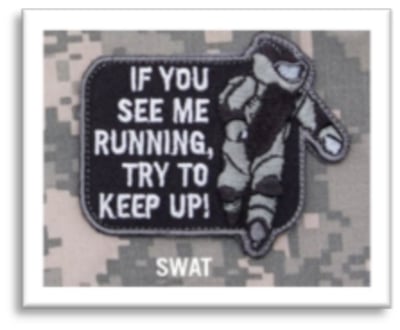 by Alex Brown
by Alex Brown
Director of Operations
A2L Consulting
My 11-year-old is addicted to cooking shows – so much so that my DVR is full of episodes of Triple D, Chopped, Good Eats, Cutthroat Kitchen, and Chopped Junior. Last night she was talking about how she loves the idea of spices, but is not a fan because she equates it to spicy food, which she does not enjoy. Then she throws her hands up and says, you know what they say, “Variety is the spice of life.”
This morning, that statement has been bouncing around in my head and made me think about a book I read in 2011. It was written by Kevin Dutton, Ph.D., and was called Split-Second Persuasion: The Ancient Art & New Science of Changing Minds. Dutton's message boiled down to just five elements, encompassed in the acronym SPICE. These five elements are the key to persuading people, including jurors.
SIMPLICITY: According to a report published by Microsoft in 2015, the average human attention span has dropped from 12 seconds in 2000, to eight seconds in 2013. By comparison, goldfish have an attention span of nine seconds. So keep demonstratives simple by breaking down the complex in bite-sized packets of information.
- The Best Clients Value a “Simple” Final Product
- 5 Keys to Telling a Compelling Story
- Explaining a Complicated Process
 PERCEIVED SELF-INTEREST: I saw this patch (pictured right) and thought it defines self-interest better than anything I could say.
PERCEIVED SELF-INTEREST: I saw this patch (pictured right) and thought it defines self-interest better than anything I could say.
- 8 Traits of Great Business Developers
- Every Litigator Should Watch Scott Harrison Deliver This Presentation
- 20 great Courtroom Storytelling Articles from Trial Experts
INCONGRUITY: We are most comfortable when we surround ourselves with patterns or routines. When you break that pattern, it unexpectedly draws attention. Use this to make a point or to have someone see something in a different light.
- Could Surprise Be One of Your Best Visual Persuasion Tools?
- I’m Right, Right? 5 Ways to Manage Juror Bias
- Font Matters - A Trial Graphics Consultant's Trick to Overcome Bias
CONFIDENCE: When faced with the word, “confidence,” we automatically think about self-assurance. But, when thinking about how to graphically show confidence, consider the definition of creating trust.
- A Harvard Psychologist Writes About Presenting to Win
- So Little Trust, So Much Double-Speak
- Lawyers vs. Juror Communications
- 6 Lessons Our Trial Consultants Learned from the Sales Process
EMPATHY: When developing empathy with a jury, your goal is to put yourself in the shoes of another. Creating an attachment with them allows them to root for your client.






Leave a Comment